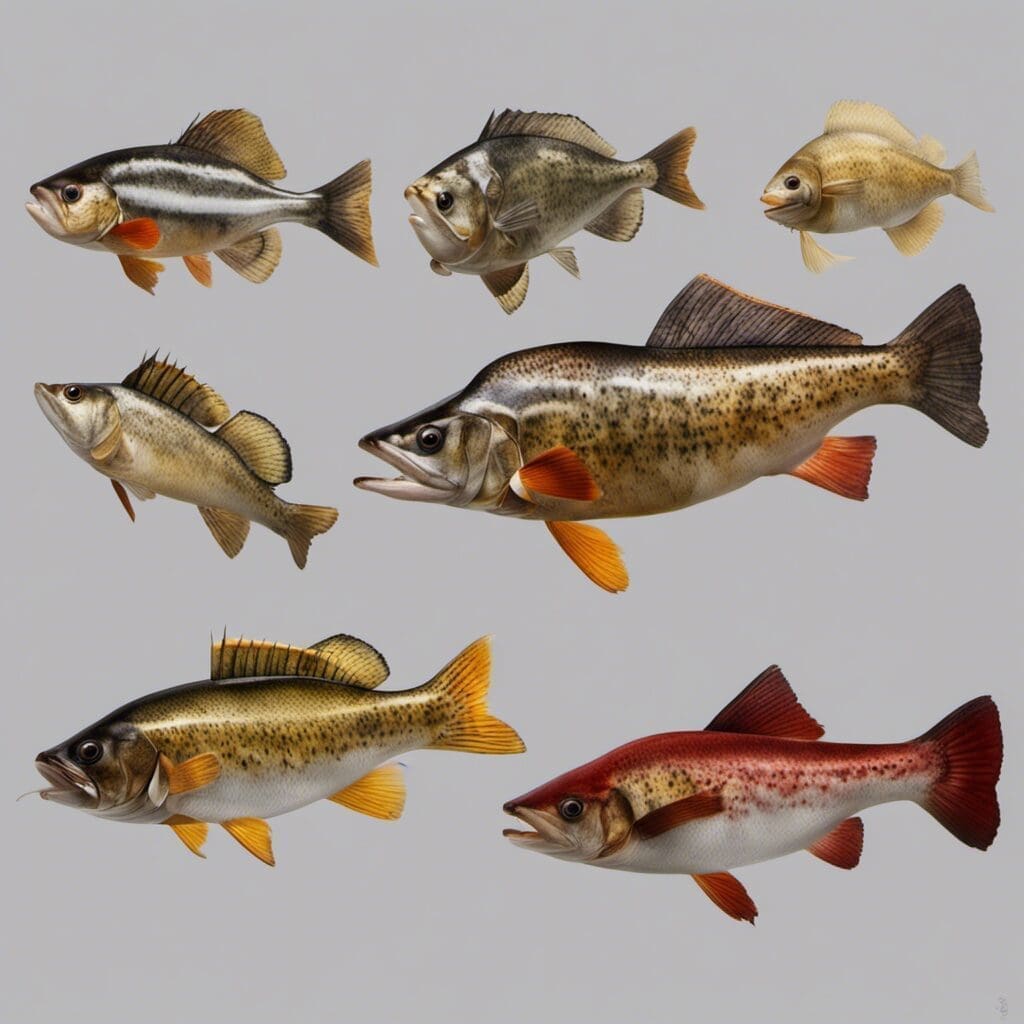Introduction
The Fallfish (Semotilus corporalis) is a species that belongs to the Minnow family (Cyprinidae). Known for their robust nature and resilience, Fallfish are a common sight in many aquatic ecosystems in North America.
Conservation Status
The Fallfish is currently classed as ‘Least Concern’ by the International Union for Conservation of Nature (IUCN). This status is primarily due to the species’ wide distribution and its apparent lack of major threats. Despite this, conservation efforts continue, focusing primarily on habitat preservation and pollution control.
Statistics
| Characteristic | Average | Range |
|---|---|---|
| Length | 15 inches | 6-24 inches |
| Weight | 1 pound | 0.5-2 pounds |
| Lifespan | 8-10 years | 8-12 years |
Distribution
Fallfish are widely distributed across North America, especially in the northeastern United States and eastern Canada. They are commonly found in the Great Lakes region. As cool water species, Fallfish do not exhibit typical fish migration patterns.
Habitats
Fallfish inhabit a broad range of freshwater environments, from small streams to large rivers. They prefer cool, clear waters with a temperature range between 13°C and 24°C. Fallfish are usually found in moderate to slow-moving waters at depths of 0.5 to 2 meters.
When and Where to See
Fallfish are most active during the spring spawning season, which typically begins in April and ends in June. They are diurnal, primarily active during the day.
Best Fishing Locations
The top locations for catching Fallfish include:
- Hudson River, New York
- Lake Champlain, Vermont
- Merrimack River, New Hampshire
- Potomac River, Maryland
- Rideau River, Ontario
Generally, look for them in cool, clean rivers, streams, or ponds with rocky bottoms.
How to Catch
Fallfish usually bite on flies, small lures, and even live or canned corn. Light spinning gear or fly tackle are effective. Best fishing is during daytime hours, especially early morning or late afternoon.
Identification Guide
Fallfish are silver to olive in color with a light underside. They have a moderately compressed body with a dorsal fin that’s midway on the back. Their mouths are at terminal position, and they possess a large, dark spot at the base of the dorsal fin.
Culinary
While not a common game fish, Fallfish is edible. It is best prepared by pan-frying. The taste is said to be mild, with a firm, flaky texture. It is low in fat and a good source of protein.
Additional Information
Known for their aggressive feeding habits, Fallfish primarily consume insects, but their diet can also include plant materials and smaller fish. Their main natural predators include larger fish and birds of prey.
References and Further Reading
- IUCN Red List
- FishBase
- National Parks Service Fishing Basics
Please consult these resources for the most up-to-date information on Fallfish. Happy fishing!

